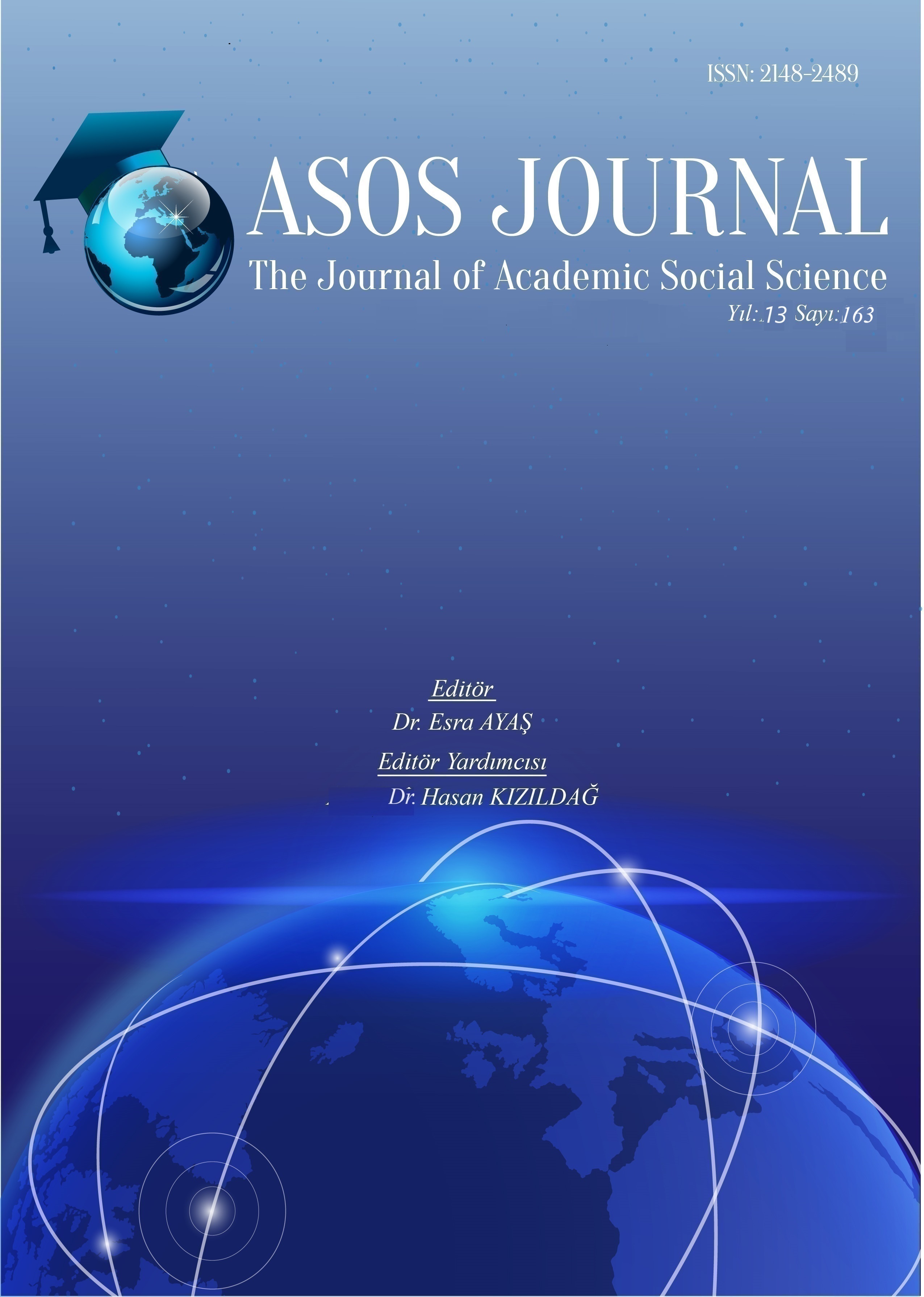Author :
Abstract
On dokuzuncu yüzyılın ikinci yarısından itibaren ortaya çıkmaya başlayan ve yirminci yüzyıl müziğinde önemli bir yere sahip olan müzikal akımlar bu dönemin müziğinin de karakterini belirlemiştir. Anlatımcılık/Dışa Vurumculuk (Expressionism), İzlenimcilik (Impressionism), Folklorizm, Puantilizm, Elektronik Müzik, Raslamsal Müzik, Postmodern Müzik, Yeni Klasikçilik (Neo-Classicism) gibi pek çok akım bu dönemin başlıca öne çıkan akımları olmuştur. Yeni Klasikçilik akımı, zamanla yönünü kaybeden ve karmaşıklaşan müziğe karşı, geçmiş çağların müziğinin temel taşı olan tonalite kavramını yeniden canlandırmayı hedeflemiştir. Bu amaç doğrultusunda Igor Stravinsky, Paul Hindemith ve Sergei Prokofiev gibi dönemin önemli bestecileri eserlerinde Barok ve Klasik Dönemin yalın ve net üslubundan ilham almış ve yirminci yüzyılın müziği ile sentezleyerek önemli eserler üretmişlerdir. Bu besteciler arasından Sergei Prokofiev farklı müzikal tarzı ile öne çıkan bir besteci olmuştur. Aykırı tavırları müzikal kimliğine yansımış ve birçok türde eser üreterek dönemin önemli bir bestecisi olmuştur. 1917 yılında bestelemiş olduğu Re Majör “Klasik” Senfoni, Op. 25 eseriyle Yeni Klasikçilik akımı için ilk örneklerden birini ortaya koymuş ve birçok piyano eserinde geçmiş dönem tonalite, form ve ezgi yapısına yer vererek eserlerinde ustalıkla işlemiştir. Besteci bu süreçte özgün ve farklı bir tarz yaratmış ve Yeni Klasikçilik akımının önemli bir temsilcisi olarak kabul edilmiştir. Bu çalışma nitel bir araştırma olup, doküman analizi kullanılmıştır. Prokofiev’in Barok ve Klasik dönemlerin form, müzikalite ve tonalite anlayışına nasıl geri dönüş sağladığı bestelemiş olduğu piyano eserlerinden örnekler verilerek ortaya konmuş ve Yeni Klasikçilik akımının yirminci yüzyıl müziği üzerindeki etkisinin ve işlevinin tespit edilmesi amaçlanmıştır. Bestecinin eserlerinden seçilen I. Piyano Sonatı, Op.1; Re Minör Tokkata, Op.11; Piyano için 10 Parça, Op.12; Geçici Görüntüler, Op. 22; 5. Piyano Sonatı, Op. 38/135 ve Çocuklar için Müzik, Op.65 ise bu çalışmanın örneklemini oluşturmaktadır. Bu piyano eserleri içerik analizi yapılarak, tonalite, form ve ezgi yapıları açısından incelenmiş ve bu eserler üzerinden Yeni Klasikçilik akımı irdelenmiştir. Sonuç olarak, Barok ve Klasik dönem normlarına nasıl geri dönüş yapıldığı ortaya konmuş ve Prokofiev’in piyano eserlerinin ülkemiz müzik kurumlarında Yeni Klasikçilik örnekleri olarak daha sık çalınmaları önerilmiştir.
Keywords
Abstract
The musical movements that began to emerge in the second half of the nineteenth century and had and important impact on the Twentieth century music also determined the character of the music of this period. Expressionism, Impressionism, Folklorism, Pointillism, Electronic Music, Chance or Aleatoric Music, Postmodern Music, Neo-Classicism etc. were the main prominent movements of this period. Neo-Classicism aimed to revive tonal music, which was the cornerstone of the music of past ages, against the music that had lost its direction and become complex overtime. In accordance with this purpose, the important composers of the period such as Igor Stravinsky, Paul Hindemith and Sergei Prokofiev were inspired by the simple and clear style of the Baroque Period in their works and synthesized them with the music of the twentieth century and produced important works. Among these composers, Sergei Prokofiev stood out with his different musical style. His unconventional attitudes were reflected in his musical identity, and he became an important composer of the period by producing in many genres. With his D major “Classical” Symphony, Op. 25, composed in 1917, Prokofiev introduced one of the first examples of the Neo-classicism movement. In many of his piano works, he skillfully incorporated tonality, forms and harmonies from the past eras. During this period, the composer developed an original and distinctive style, establishing himself as a prominent representative of the Neo-classical movement. This study is a qualitative research utilizing document analysis. It aims to demonstrate how Prokofiev returned to the understanding of form, musicality, and tonality of the Baroque and Classical periods by providing examples in his piano works, and to identify the influence and function of the Neo-Classicism movement on the twentieth-century music. The selected works from the composer, including Piano Sonata No. 1, Op. 1, Toccata in D Minor, Op. 11, 10 Pieces for the Piano, Op. 12, Visions Fugitives, Op. 22, Piano Sonata No. 5, Op. 38/135, and Music for Children, Op.65 form the sample of this study. These piano pieces were analized in terms of tonality, form and texture of the themes. As a result of the study, it was revealed how there was a return to the norms of the Baroque and Classical periods. It was also recommended that Prokofiev's piano works be played more frequently as the examples of Neo-Classicism in the music institutions of Turkiye.





